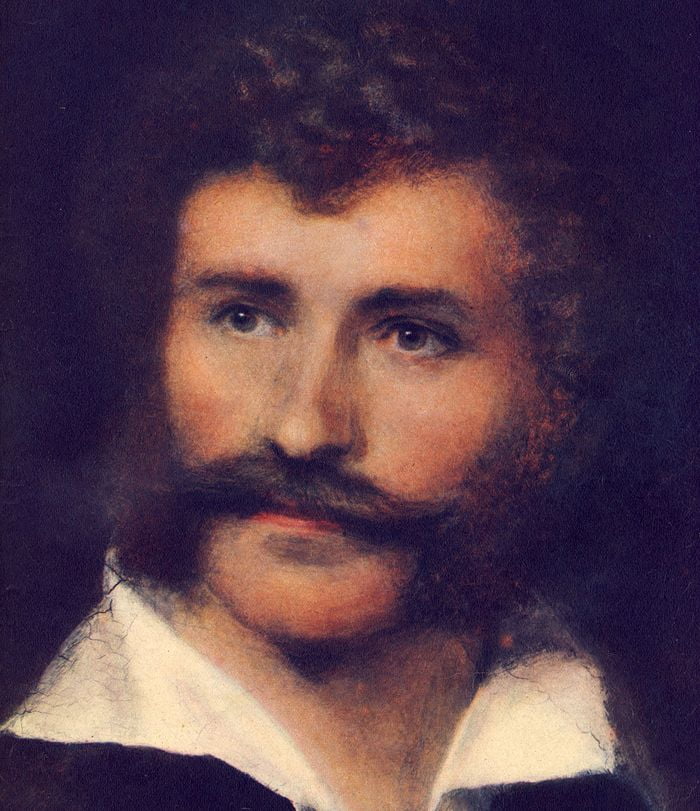Hungary
Introduction
It would be possible to begin the history of the short story in Hungary with the transplanted legends of St. Francis in the Ehrenfeld manuscript, one of the first books in Hungarian literature, dating from the Middle Ages. In the ballads and romances and epics of the Sixteenth and Seventeenth Centuries we have discovered episodes that might have been fitted into a framework showing the historical development in the art of narrative among the Hungarians. But as a matter of fact, the earlier centuries are barren of important short stories.
It was only in the Eighteenth Century that modem Hungarian literature really began. The Kisfaludi brothers, who came toward the end of the century, were among its pioneers. Karoly Kisfaludi, though better known as a dramatist, may be taken as a typical figure, and the story chosen to represent his achievement is in itself a capital example of the art.
The Nineteenth Century, crowded as it was with war, revolution, and political unrest, was the most fruitful period in Hungarian literature. Though the drama and the lyric poem were brought to a high point of development, the novel and the tale were no less assiduously developed. The two dominating figures of the time, so far as fiction is concerned, were Jokai and Mikszath. Both lived long lives and wrote a great deal; both were essentially national, and were loved by their people.
Of the more recent writers, Ferenc Molnar is the most distinguished. Unlike Jokai and Mikszath, Herczeg, Gyulay, and the rest, he is a cosmopolitan.
Karoly Kisfaludi (1788-1830)
Karoly Kisfaludi and his brother Alexander are among the great pioneers in modern Hungarian literature. Though Karoly is chiefly celebrated as a dramatist, he managed, during his brief and adventurous life, to write some extraordinary short tales. He was, in the words of a Hungarian critic, “a thorough Bohemian, of a dreamy yet light-hearted disposition.” A classic writer, he yet was able to impart to his stories an air of actuality which makes them seem as if they were written for the present generation. The Invisible Wound comprises most of the elements required by the strictest critics for the composition of a short story, and yet it conveys that indescribable quality of vitality that seems to persist in all art, regardless of rules and theories.
The translation of the story was made by Mr. Joseph Szebenyei for this volume, and appears here for the first time in English. Acknowledgment is hereby made to the translator for permission to use the MS.
Read More about Baldr`s Bale part 1








